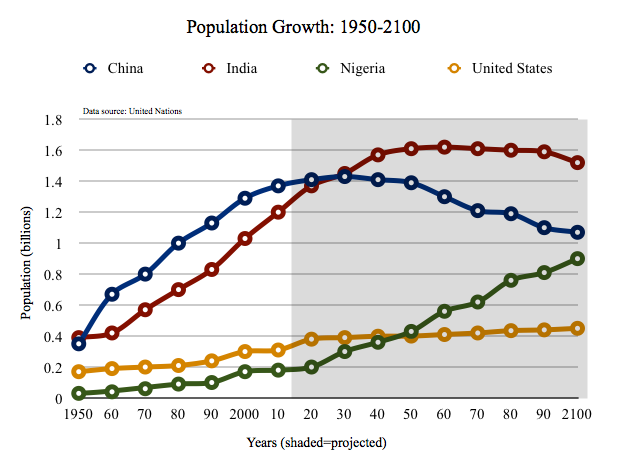Sterilizing women and men to combat overpopulation has been public knowledge since 1975, when protests ensued and quickly spread across India regarding this procedure.
Now, in the 21st century, the sterilization of both genders is still a common practice.
From 2002 to 2003, 4.6 million women in India underwent tubal ligations, whereas only 114,426 men were subjected to vasectomies. Nearly all sterilization-based propaganda is directed towards women.
Legally, India cannot force its citizens to be sterilized, yet women are continually convinced to undergo these procedures because of bribery and false advertising. It is common practice for men and women in impoverished communities to be offered the equivalent of a mere 22 US dollars to be sterilized. Too often, however, procedures go wrong.
On November 8, 2014, 83 women were operated on by Dr. R. K. Gupta and two of his assistants in what is commonly known as a “sterilization camp.” After being sent home, 60 of these women experienced unbearable pain. 13 of them were dead by the end of the week.
Gupta also failed to sterilize his equipment and sent them home groggy and clutching bags of painkillers and antibiotics, the latter being the cause of 8 women’s deaths. The prescribed penicillin had been mistakenly tainted by what was likely rat poison.
While the victims’ deaths cannot be pinned on Gupta, his negligent treatment of his patients is evident. The manufacturers of the antibiotics have been questioned, and their factories have already been sealed off.
This tragic case poses the question of the future of mass sterilization in India and around the world. Can a government justly continue to coax penniless men and women into undergoing potentially fatal operations by offering them pay?
This form of mass sterilization is outdated and hazardous, and India is placing its’ people in harms way by presenting them with offers that many cannot refuse as bribery. If this broken medical system cannot correct itself, these operations must stop.
Written by Caroline Anders’17








